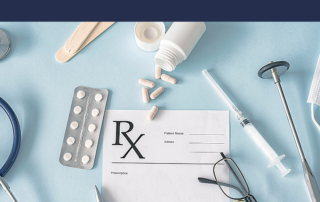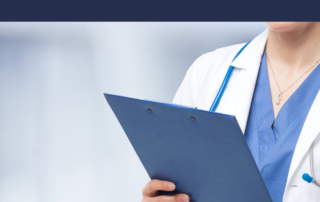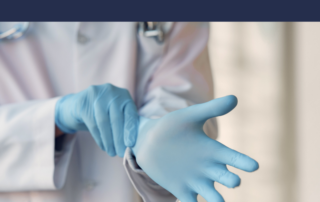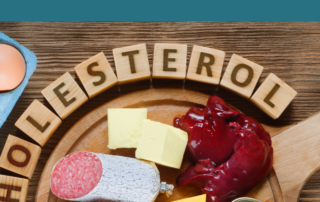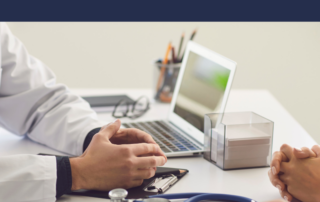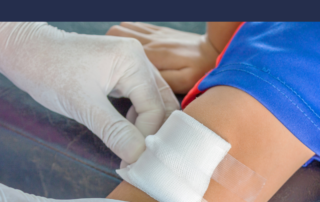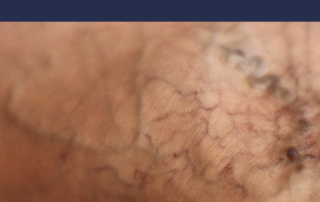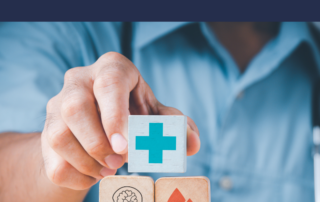What you need to know about Carotid Artery Disease
What is carotid artery disease?
Your carotid arteries are two main arteries that carry blood from your heart, up through your neck, to your brain. Healthy carotid arteries are smooth and unobstructed, allowing blood to flow freely to the brain and provide oxygen, glucose and other nutrients that your brain cells need. Carotid artery […]

